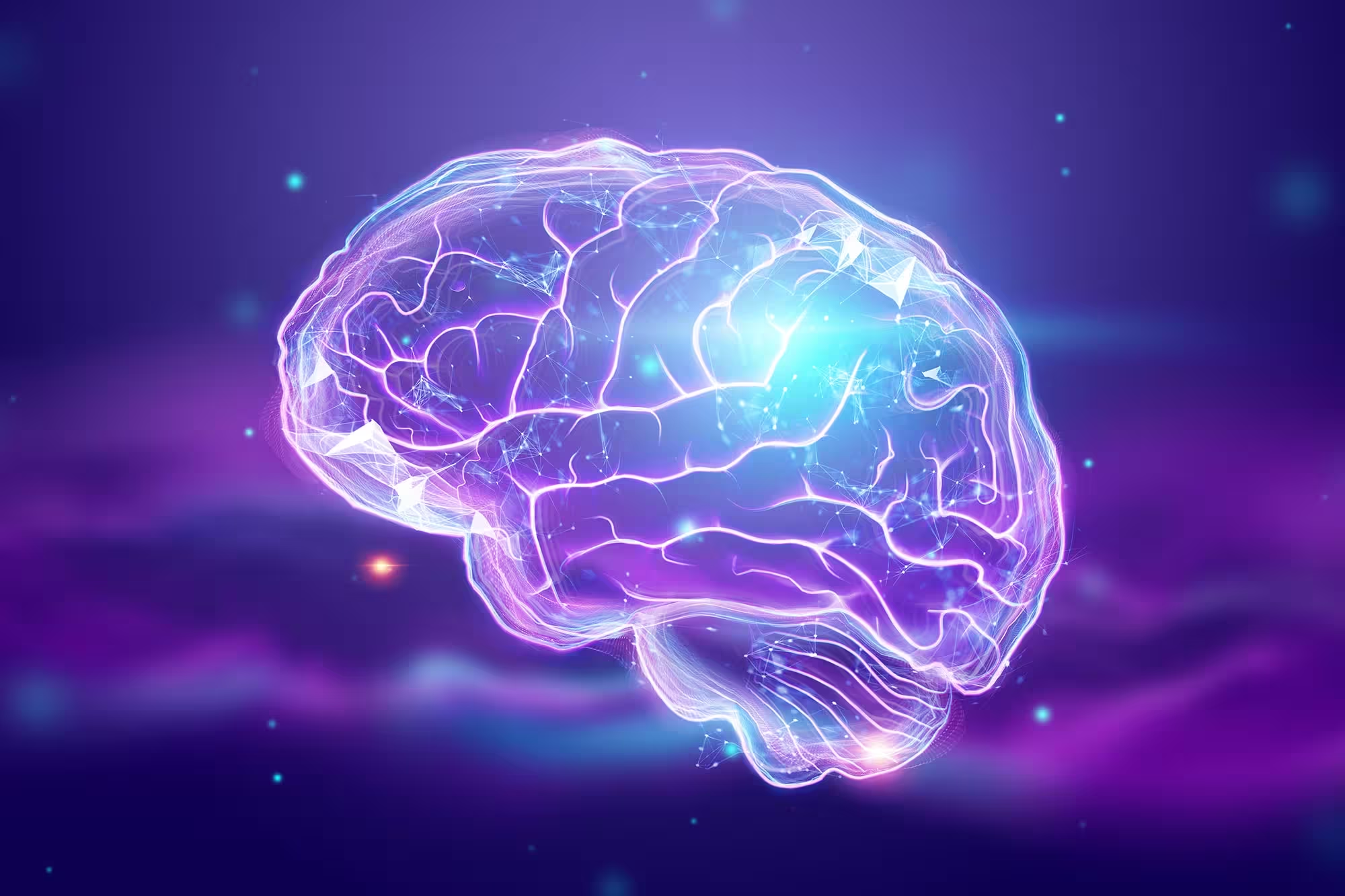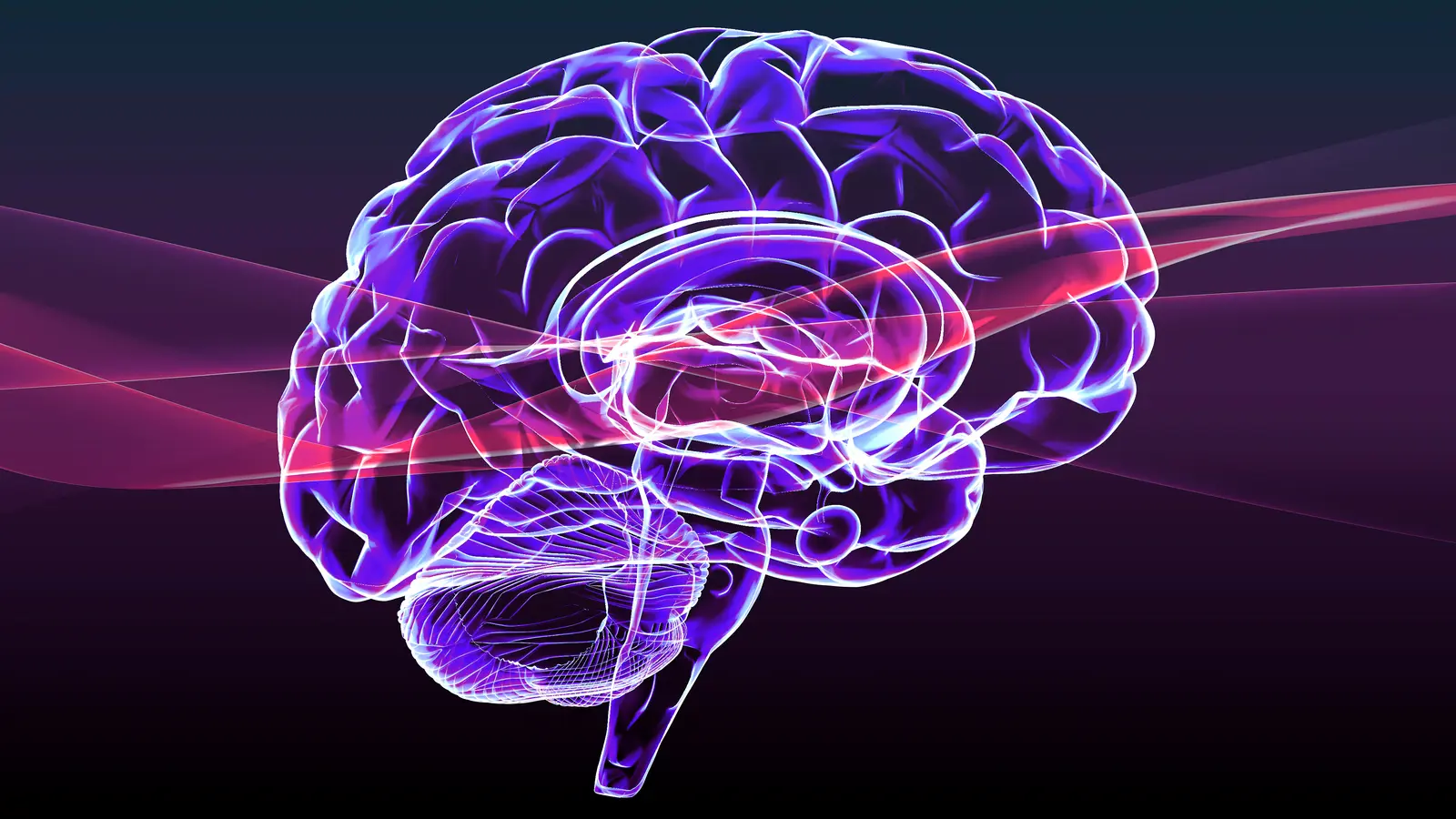6 Minutes
Your chronological age is fixed on your birth certificate, but your brain’s biological age can differ — sometimes by years. New research from the University of Florida shows that everyday choices and how we handle stress can shift the brain toward appearing younger or older on MRI scans. That gap between “brain age” and calendar age offers a powerful, whole-brain snapshot of cognitive health.
What the study measured and why it matters
Researchers at the University of Florida followed 128 middle-aged and older adults over two years, most of whom lived with or were at risk for chronic musculoskeletal pain linked to knee osteoarthritis. The team used MRI scans analyzed by a machine-learning system to estimate each person’s “brain age.” By subtracting chronological age from MRI-derived brain age, they calculated a brain age gap: a single metric that captures how healthy a brain looks overall.
Why use a single metric? Brain regions do not age in isolation. Pain, stress and life experience affect distributed networks — so a composite measure like brain age gap can capture those widespread effects in one interpretable number. Older-looking brains are associated with higher risks of memory loss, dementia and Alzheimer’s disease, making this an important marker for early detection and prevention strategies.

Seven protective habits linked to younger brains
The key finding: positive psychosocial and behavioral traits were associated with younger-looking brains. The research team grouped seven factors they called “protective” because higher scores correlated with lower brain age. Each factor was assessed with validated questionnaires or clinical measures and scored on a simple 0–2 scale.
List of identified protective factors
- Tobacco use: Non-smokers scored highest; former smokers scored intermediate; current smokers scored lowest.
- Waist circumference: Lower waist circumference (≤80 cm for women, ≤94 cm for men) was deemed most protective, reflecting healthier body composition.
- Optimism: Measured with the Life Orientation Test–Revised, higher optimism predicted younger brain age.
- Positive and negative affect: More frequent positive emotions and fewer negative emotions (assessed by the Positive and Negative Affect Schedule) were beneficial; negative scores were inverted so lower distress counted as protective.
- Perceived stress: Lower perceived stress (Perceived Stress Scale) was linked to better brain health.
- Social support: Greater perceived support from family, friends and significant others (Multidimensional Scale of Perceived Social Support) correlated with younger brains.
- Sleep quality: Better sleep — i.e., lower sleep-related impairment on PROMIS measures — was protective.
Participants who reported the highest number of these protective factors had brains that appeared, on average, eight years younger than their chronological ages at the study’s start. Importantly, those individuals also experienced slower brain aging over the subsequent two years.
Context: chronic pain, stress and the brain
Chronic stressors — including persistent pain, low income and limited education — were associated with older-looking brains. Those negative influences appeared to lessen over time for some participants, but the stronger signal came from positive behaviors and psychosocial supports. In other words, healthy habits appear to additively bolster brain resilience even in the presence of ongoing life stress and pain.
“These are things that people have some level of control over,” said Jared Tanner, Ph.D., a research associate professor of clinical and health psychology at the University of Florida who co-led the study. “You can learn how to perceive stress differently. Poor sleep is very treatable. Optimism can be practiced.”
Kimberly Sibille, Ph.D., associate professor of physical medicine and rehabilitation and the report’s senior author, summarized the practical takeaway: “Health-promoting behaviors are not only associated with lower pain and better physical functioning, they appear to actually bolster health in an additive fashion at a meaningful level.”
Practical implications for brain health
This study complements growing evidence that lifestyle is a form of medicine for the brain. Small, tractable changes — quitting smoking, improving sleep, reducing waist circumference through diet and activity, strengthening social ties, and practicing optimism and stress-management techniques — can compound into measurable neurobiological benefits. For clinicians, the brain age gap offers a quantitative outcome to track interventions designed to slow cognitive aging.
Technologies such as MRI combined with machine learning are enabling more nuanced, personalized assessments of brain health. As those tools become more accessible, they could be used to evaluate how interventions (behavioral, pharmacologic or rehabilitative) change the pace of brain aging in individuals over time.
What you can try today
- Prioritize sleep hygiene: consistent schedules, reduced screen time before bed, and treating sleep disorders where present.
- Build social routines: regular contact with friends and family, join groups or volunteer to strengthen support networks.
- Practice stress management: brief daily practices like mindfulness or cognitive reframing can reduce perceived stress.
- Move safely: low-impact exercise can improve body composition and mood, supporting both waist circumference goals and affect.
- Address tobacco use: quitting smoking yields broad health benefits, including for brain aging.
Expert Insight
Dr. Elena Morales, a clinical neuroscientist and science communicator, comments: “This study shows that brain aging is not written in stone. The brain age gap is a useful, integrative measure that captures lifestyle impacts on neural systems. What’s promising is that many of the factors tied to younger brains are modifiable — and interventions that combine sleep, social engagement and stress reduction may have synergistic effects.”
The UF study was published in Brain Communications and adds to a growing literature indicating that psychosocial and behavioral factors exert measurable influence on brain structure and function. While more research is needed to test causal relationships and intervention efficacy, the message is clear: everyday habits matter for the brain’s biological clock.
Source: scitechdaily
Comments
Reza
Sounds cool but skeptical, 128 people only? Does the ML bias skew brain age estimates? Curious if it holds across races, SES etc… feels early tho
bioNix
Wow, didn’t expect mindset + sleep to show up on an MRI.. kinda motivating and also scary. Time to fix my sleep schedule, small steps ya? lol


Leave a Comment